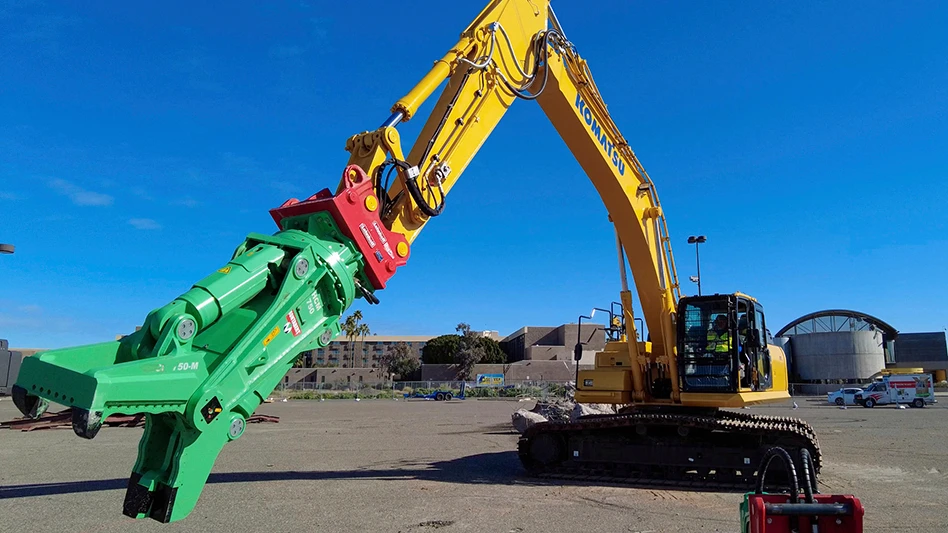
Recycling Today archives
In the middle of this week, the price of copper on a three-month contract on the London Metal Exchange (LME) closed its trading day at more than $9,580 per metric ton, or nearly $4.35 per pound.
For demolition contractors or other copper scrap generators, that is welcome news. For processors, shippers and buyers, the circumstance comes with complexities.
Throughout this decade, reports issued by financial institutions such as Goldman Sachs and Citibank have pointed to the growth of electric vehicles (EVs) and their charging networks, as well as a global shift toward alternative forms of energy that also consume copper, as underpinning an anticipated bull market for the red metal.
A series of price spikes for copper—and its companion perceived energy market winner nickel—have introduced volatility that can make long-distance shipments of copper for recycling more financially risky and more expensive to insure. As well, copper and brass theft tends to rise right along with scale prices for the red metal.
On the bright side, copper recycling activity rose impressively last year, and investments in the United States and beyond are being made to melt and reuse discarded copper at a steady rate.
Regarding the March and April copper price boost, ForexLive website manager Adam Button has this week addressed the question of how much of copper’s current change in value is tied to supply and demand issues and how much is fueled by fund managers seeking a hot “asset class” in the form of perceived “energy metals.”
Button points to reports from both Goldman Sachs and Citi from earlier this decade that suggested such thoughts as “copper is the new oil” (Goldman Sachs) or that “we have entered the second secular copper bull market this century” (Citi).
The writer says comments made at a global copper sector meeting this week in Chile are adding further fuel to what appears to be an outsized part played by the financial sector in backing copper bullishness. Button describes one Goldman Sachs attendee at the event as saying prices are only in “the foothills of what will be its Everest.”
He also says long positions on the price of copper on both the LME and the Comex market in the U.S. have reached volume levels not seen since 2018 on either exchange.
The current steady price rise is nowhere near the speculator-fueled spike for nickel in 2022 that brought trading on that contract to a complete halt for several days. As well, the current price is not a record one for copper, as it briefly reached $4.90 per pound during the May 2021 post-COVID-19 vaccine rollout phase.
However, the extensive network of companies in the U.S. and throughout the world who conduct daily transactions for red metal scrap based on the exchange price of copper are no doubt casting a nervous eye on the price of it copper as it soars upward at a rapid pace.
Latest from Construction & Demolition Recycling
- Cielo investor requests annual meeting
- CDE sets up washing plant on Long Island, NY
- NWRA: NIOSH cuts a step in the wrong direction
- Ferrous price hikes could be poised to pause
- Northstar secures 15-year lease extension for asphalt shingle recycling facility
- Greenwave asks for SEC filing extension
- Construction Plastics Initiative lines up projects
- ShearCore adds dealership group in Canada





